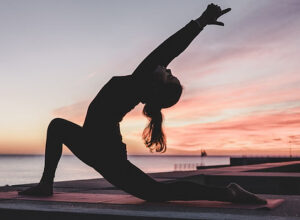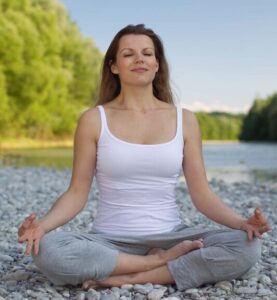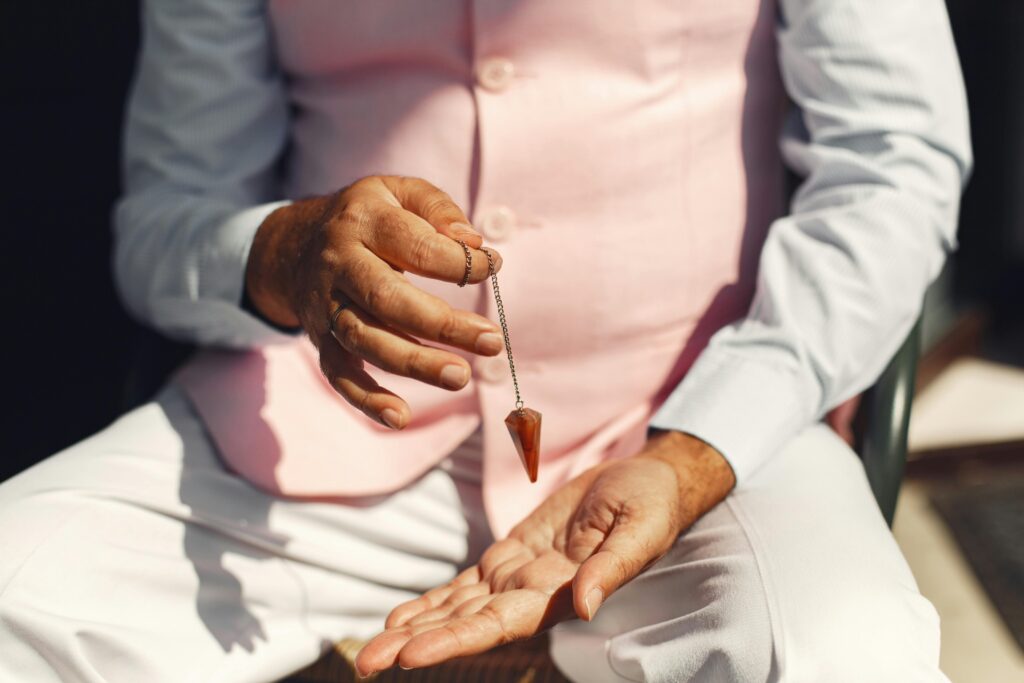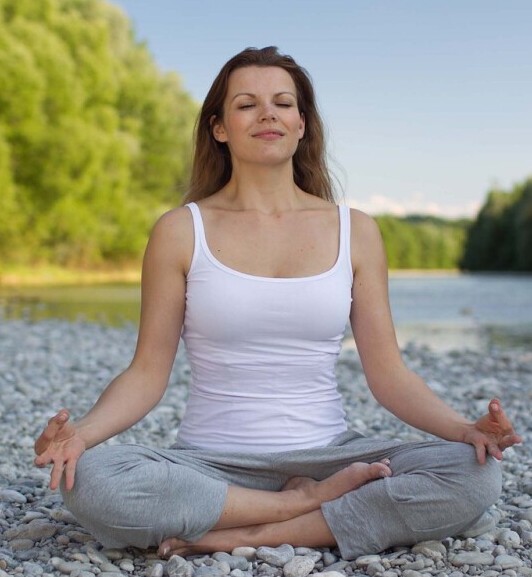
Meditation is one of those things that gets thrown around a lot, but it’s pretty straightforward when you strip it down. So what’s meditation? It’s a practice where you train your mind or just chill in your thoughts. That’s it—simple yet profound.
Tracing meditation’s history gives us some neat insight. We’re talking way back—like, ancient India kind of back. It started as a deeply religious practice, initially part of Hindu traditions, and later adopted by Buddhism, and eventually branched out across cultures and religions worldwide.
There are a bunch of meditation styles. Mindfulness meditation is the hot topic today—it’s about staying present without judgment. Then there’s transcendental meditation, which involves repeating mantras to settle the mind. Zen meditation, or Zazen, is all about just sitting and being. Each style was tailored for different goals, like clarity, peace, or spiritual growth.
Now, there are plenty of folks who have some funny ideas about meditation. Some think it’s just sitting cross-legged saying ‘om’ all day or that it’s exclusively for monks and yogis. Here’s the real deal: It’s for anybody, anywhere, anytime. Skeptical about the mystical side? Meditation can still be a tool to ground yourself, reduce stress, and yes—boost creativity.
The Science Behind Meditation and Creativity
Our brains light up in amazing ways when we meditate, and there’s science to back it. Neuroscience shows that regular meditation changes the brain’s structure, particularly the prefrontal cortex, which is the boss of decision making and creativity. This is where things get interesting for the creatively inclined.
You know the buzzword ‘mindfulness’, right? It’s more than just a trendy term. Mindfulness sharpens our cognitive functions, allowing us to focus better and think deeply about issues. When we are fully present, new ideas are more likely to pop up because our brains begin to connect the dots in ways they didn’t before.
Studies show that the kind of brain activity meditation provokes is exactly what gets our creative juices flowing. Just thirty minutes a day can have a visible impact on creative thought processes, making it far more approachable than you might think.
Some artists and innovators have shared their own paths—how meditation unlocked levels of creativity they didn’t know they had. These aren’t just anecdotes but backed by numerous case studies. Famous meditators include David Lynch and Steve Jobs, who’ve credited meditation with helping them think outside the box.
Mindful Practices to Spark Creativity
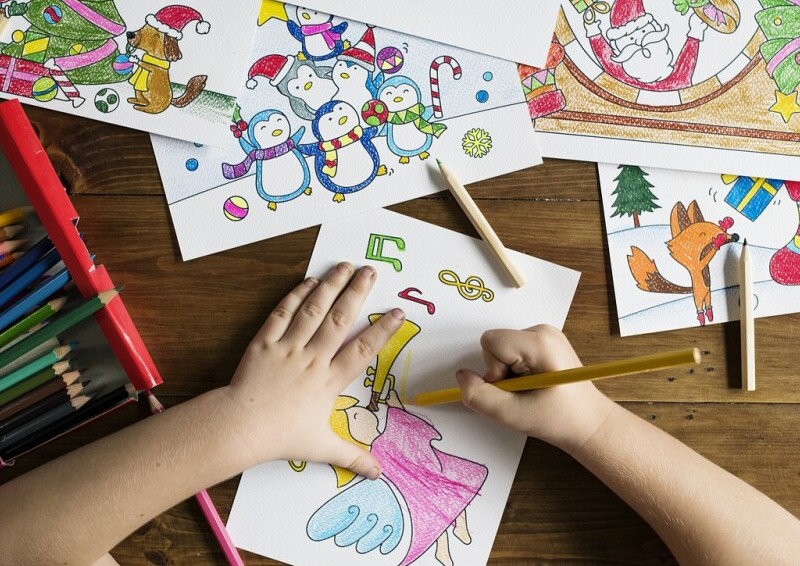
There’s a ton of ways to meditate if you’re looking to boost creativity specifically. Mindfulness meditation is a good starter. Just focus on your breath, let thoughts roll in and out, paying them no mind. It’s about clearing the path so creativity can come through.
Visualization practices are another awesome trick. Close your eyes and craft an image or concept in your mind. Play it out like a movie. Artists especially dig this because it boosts imagination and may lead to unique creative expressions.
Setting intentions is like planting seeds for creativity. Start your session by stating what you want to focus on or overcome. Maybe it’s thinking up new designs or brainstorming a plot twist for that story.
Combining art with meditation, like sketching or painting while meditating, unlocks creative tumbles that are powerful and raw. Letting go of conscious control and diving into this zone often results in some of the purest forms of creative expression.
Innovative Thinking: The Impact on Problem Solving
Meditation has this cool way of opening your mind. It encourages flexibility, which is a key ingredient in innovative thinking. When we’re open-minded, fresh ideas come naturally instead of forcing them.
Meditation can get you into these states where out-of-the-box ideas just come easier. It’s like your brain gets a free pass to wander creatively, finding solutions you might have missed otherwise.
After a good meditation session, diving into brainstorming can yield epic results. Your mind’s clear, you’re relaxed, and suddenly tackling that big project doesn’t feel like climbing a mountain.
I’ve read about folks who took regular breaks for meditation during their workday and ended up with some groundbreaking ideas. Their stories show how a little mindfulness can lead to next-level innovation, proving yet again that making time for meditation isn’t just about finding peace, but also sparking genius insights.
Integrating Meditation into Creative Workflows
Incorporate meditation into your daily schedule, and you’ll see your creativity soar. Try creative sprints where you work intensely for a bit, then chill out with a quick meditation session. It does wonders for keeping the mind fresh and ideas flowing.
Ever tried a walking meditation? It’s pretty straightforward – just a stroll while focusing intently on the sensations of walking. This can trigger creative thinking and break stubborn mental blocks.
Personalize your meditation technique to fit your field. Whether you’re a writer, painter, or coder, integrating meditation practices that suit your craft can lead to lasting creative breakthroughs.
When you’re on intense projects, balance is vital. Meditation ensures you don’t burn out, keeping both your peace of mind and creative energies intact. It’s not about shutting off; it’s about tuning in and finding that sweet spot.
Practical Tips for Sustainable Practice
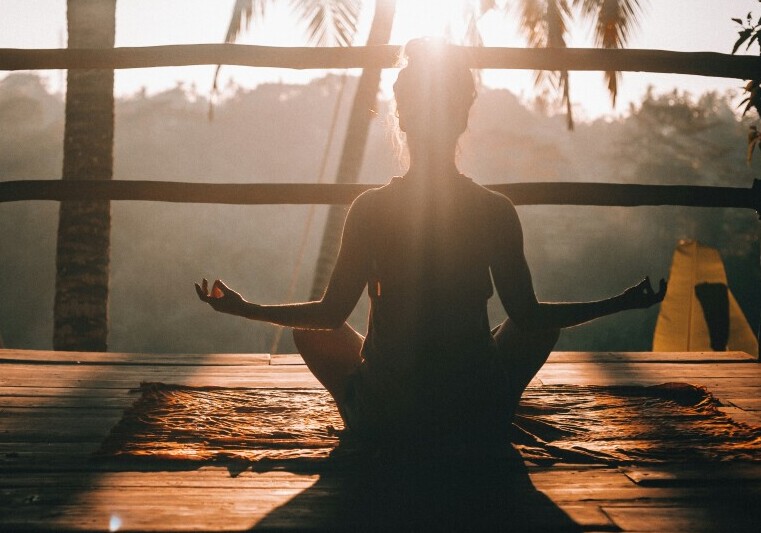
Starting small can make all the difference when building a meditation habit. Even just five minutes a day can create noticeable changes in your creative process. It’s all about consistency rather than duration.
Creating a space that’s conducive to meditation is clutch. You don’t need a fancy zen garden or anything, just a quiet spot where you feel calm and undistracted can do wonders.
We live in a digital age, so why not use it? There are tons of apps and online resources with guided meditations, specifically for creativity. They’re like having a meditation coach right in your pocket.
A community can provide incredible support. Whether online or in person, sharing experiences with others practicing meditation can keep you motivated and even lead to collaborative creative energy.
